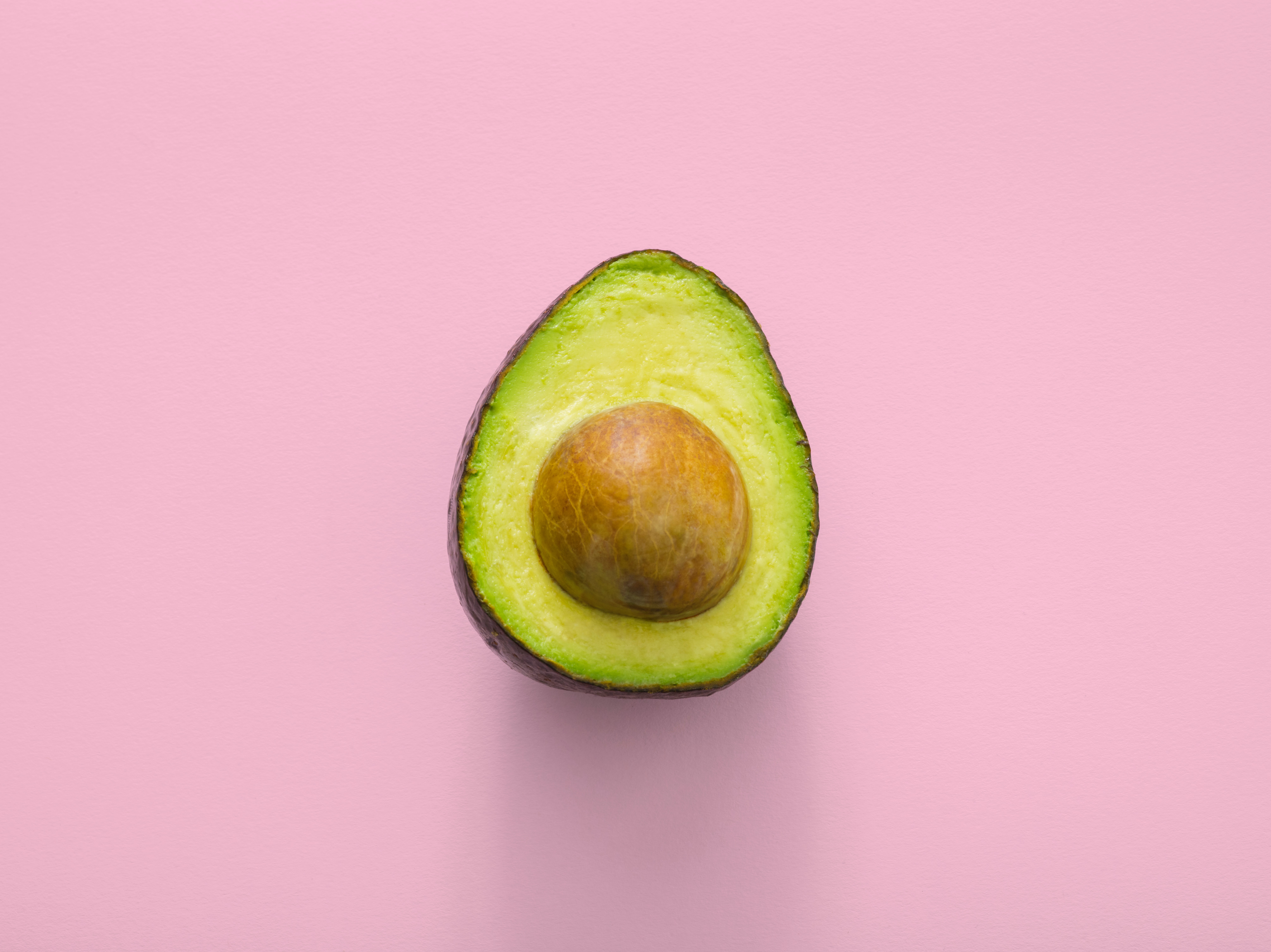Most people have a few foods that they don’t like. Ahem, no onions please! But for some, the dislike is severe and, in some cases, debilitating.
What is food aversion?
According to the Cleveland Clinic, a food aversion is defined as “a strong dislike for a particular food. The sight, smell or taste of the food causes you to feel nauseous or makes you gag.” A food aversion is a more serious form of a food dislike. Whereas some people may be able to still eat that sandwich that once had pickles on the bun, those with strong aversions could feel sick with just the remnant of odor or flavor.
Children and pregnant women are the most likely to experience food aversions. Many children are labeled as “picky eaters” because they refuse to eat certain foods. Food aversions can be attributed to sensory issues or taste aversion.
Sensory issues could relate to a food’s texture, smell, look or feel inside the mouth. This is particularly common in children who are still exploring the world through their senses, so they often outgrow these sensory aversions. According to Healthline, a taste aversion is associating a food with a bad experience. For example, eating a certain food and vomiting afterward could create a negative association between a food and the reaction.
Food aversion in pregnant women is also common due to a rise in the human chorionic gonadotropin (hCG) hormone during the first trimester. The surge of hormones can affect women’s food cravings and aversions, making them also responsible for morning sickness, according to the Cleveland Clinic. The nausea and vomiting that commonly occur during early pregnancy can also create associations with certain foods, making them less appealing—or downright repulsive—to expectant mothers.
These aversions can be so extreme that they are classified as an eating disorder: Avoidant/Restrictive Food Intake Disorder (ARFID). Penn Medicine Princeton Health defines ARFID as restricting or avoiding foods to the point where the individual is unable to meet the nutritional needs of the body. Unlike some other eating disorders, this avoidance is not related to negative body image issues. ARFID often co- occurs with other conditions, such as obsessive-compulsive disorder (OCD), anxiety disorders, sensory processing disorders or past trauma related to food, such as severe choking or excess vomiting. The National Eating Disorders Association (NEDA) also states that children with ADHD or intellectual disabilities are more likely to develop ARFID. It can be a serious condition that can result in medical and psychological manifestations, including malnutrition and weight loss, according to NEDA.
Fortunately, treatment is available and can account for individual situations and comorbidities. Rogers Behavioral Health explains that they use cognitive behavioral therapy with a focus on exposure and response prevention. This method creates a list of anxiety-producing situations and works with the individual to learn coping skills to reduce anxiety and regain confidence.
Penn Medicine Princeton Health takes another approach in first focusing on weight stabilization while providing psychoeducation for patients and their families. Depending on the individual’s comorbid conditions, they have found success with medication such as anti-anxiety, antidepressants, or neuroleptics to soothe anxiety and stimulate appetite.
Tales from the Trench
Photo credit: Denise Rosenberg Photography
Gainesville resident Melissa Beery is all too familiar with food aversions. Since childhood, she’s experienced the inability to eat certain foods. Beery describes her aversion as primarily textural issues. She characterizes the foods she won’t eat as “anything that turns creamy; foods that, if you stir them, they sound gloppy.” She also avoids foods that coat the inside of the mouth.
This aversion eliminates a lot of foods from her daily diet. Healthy choices like bananas, avocados, hard boiled eggs, peanut butter and scallops are avoided at all costs. Other common foods that turn her stomach are cheese, cake frosting, dressings, many desserts, macaroni ‘n’ cheese and more. As a triathlete, athletic nutrition can be tricky. Many of the common recovery foods, such as bananas and peanut butter, are off the table.
Despite her food aversions, Beery is in good health with no nutritional deficiencies. Over the years, she has learned to make substitutions for the foods she won’t eat or find a different, more tolerable, way to prepare them. With a background in nutrition, Beery has found ways to compensate for her avoidances to maintain a well-rounded diet. Instead of soft foods, she opts for those with a crunch. While peanut butter is off-limits, she found a way to incorporate the heart- healthy protein of peanuts by eating them in a different form. She’s even incorporated them into her perfect post-race nutrition snack: peanuts and dried apricots.
Over the years, Beery has adapted to her unique diet. She chooses to prepare most of her food at home, and her friends and family know about her specific diet. She admits that ordering at restaurants can be a challenge, especially the no- cheese request. Sometimes, she tells servers that she is allergic to cheese to ensure her order is correct. Social situations with new contacts can also be tricky. Many people are enthusiastic to share a homemade dish, and the preservation of feelings can be a tough landscape to navigate. Ensuring she doesn’t go hungry is another consideration for unknown social settings, which she tries to combat with eating before the event to have a pleasurable experience.
Amid her different strategies, time and patience, above all, have allowed her to adapt—and even embrace—her unique eating style.
*If you or someone you love has foods that turn the stomach, consider whether it is impacting the quality of life or quality of nutrition. If the answer is yes, seeking professional help from a mental health professional or speaking to your doctor may help diagnose, understand and treat the condition.
Related Articles:
The Power of Plant-Based eating


